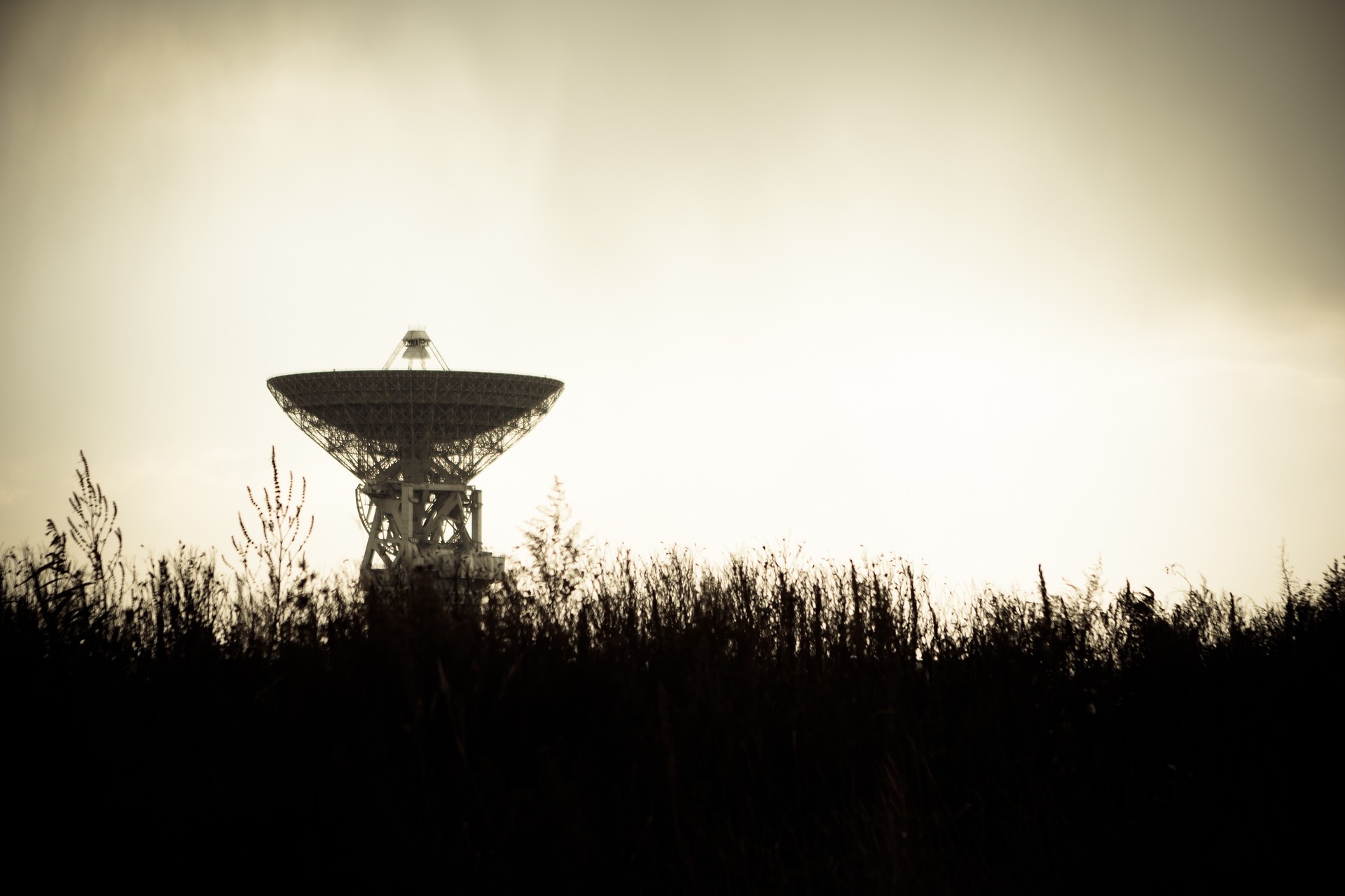
Flying Solo
The Deep Space Network (DSN) is a group of 3 antennas located in California, Australia, and Spain. These three locations are roughly equidistant to each other at 120° apart in terms of longitude. This precise placement creates a system where missions far out in deep space can communicate at all times with one of the antennas.
With the capability to sense signals 20 billion times weaker than that of a wristwatch, it’s one of the most advanced antennas to date. DSN was created 62 years ago and has aided in many missions including the two Voyager missions, that famously made it out into interstellar space.
However, for the next 11 months, Voyager will drift through the cosmos with no communications from Earth. The mission’s main point of communication (the antenna in Canberra, Australia) is due for some critical upgrades. While Voyager can still communicate with Earth, the team behind the mission will not be able to send commands back.
Australia’s antennae is the size of a 20 story building and has been in working for 48 years. One of the main upgrades the antenna will receive is a special S band transmitter that is capable of sending signals all the way to interstellar space through the frequency that Voyager 2’s systems require.
Once it’s upgraded, DSN will not only be communicating with Voyager, but also with the Perseverance mission, and the Artemis missions. During the time that the Australian antenna is out of commission, Voyager will continue its journey through interstellar space with its onboard fault protect system ready to jump in at any sign of trouble.
Resources –






Tagged #cassini, #clouds, #hexagonalstorm, #magneticfield, #saturn